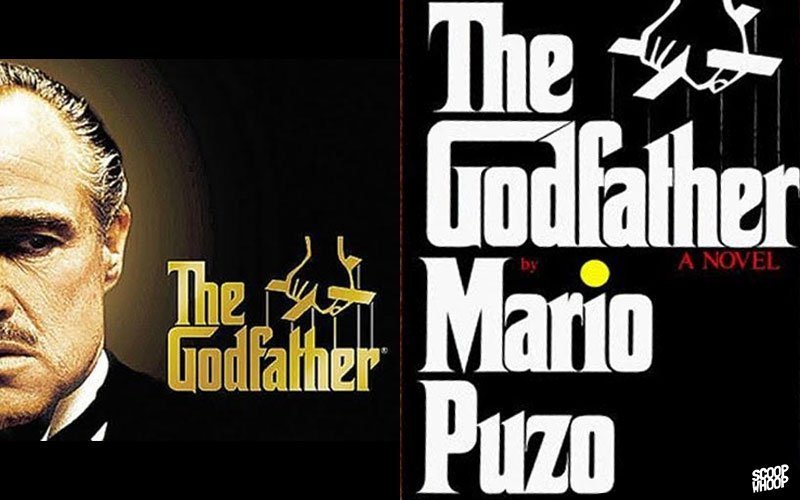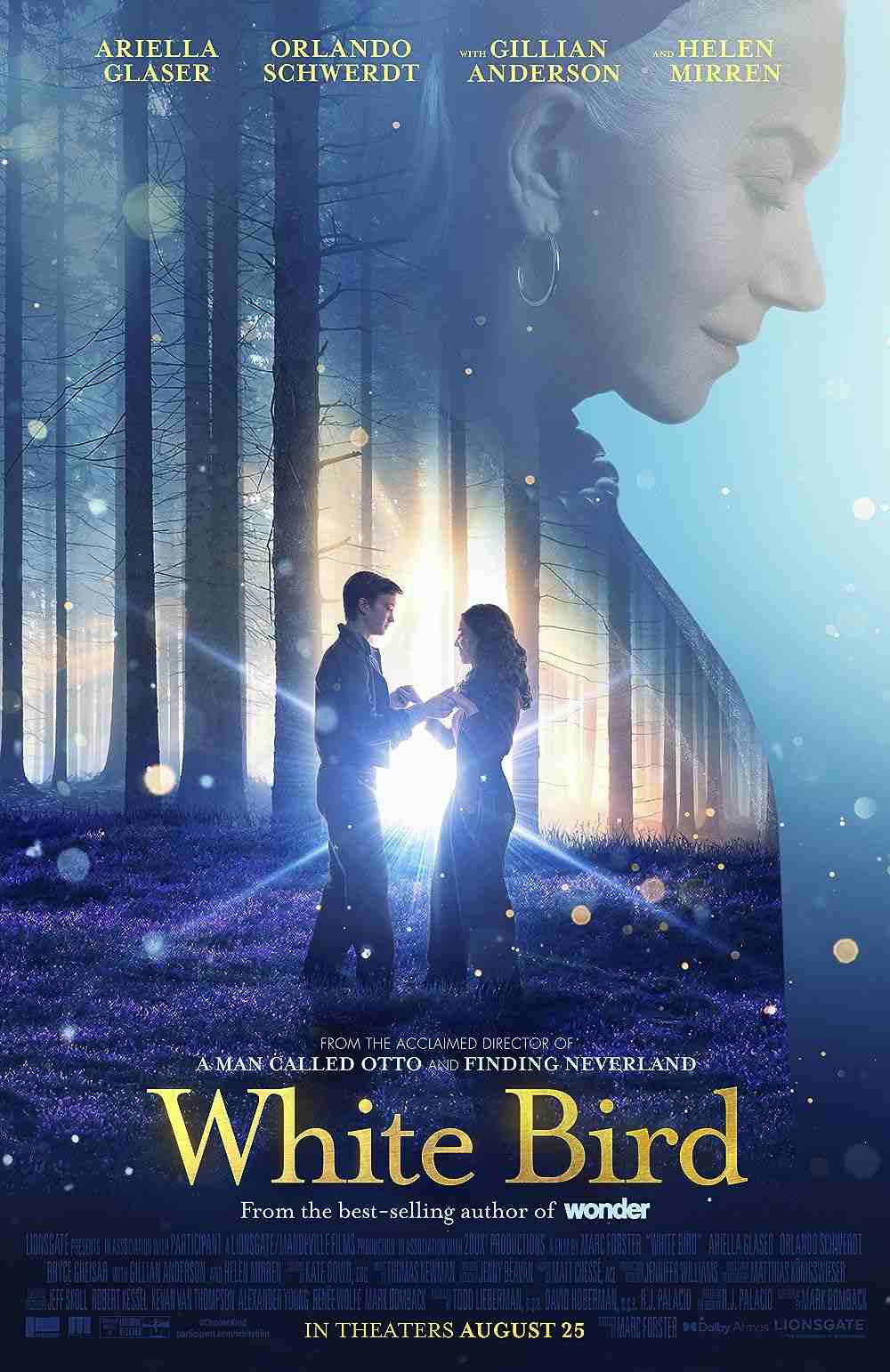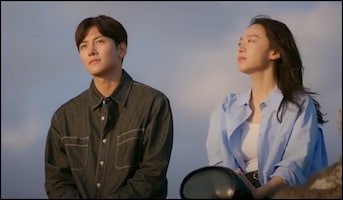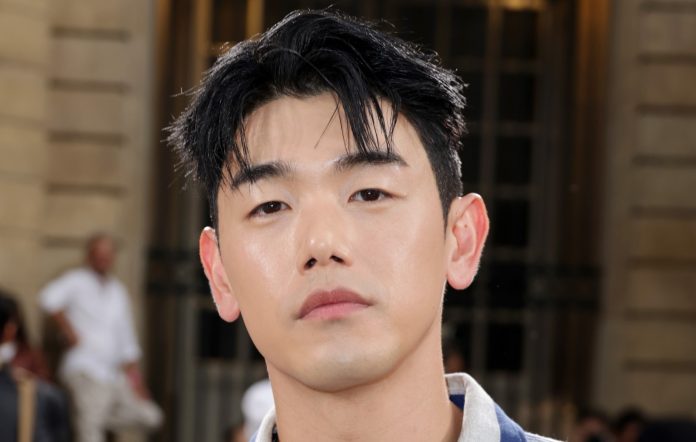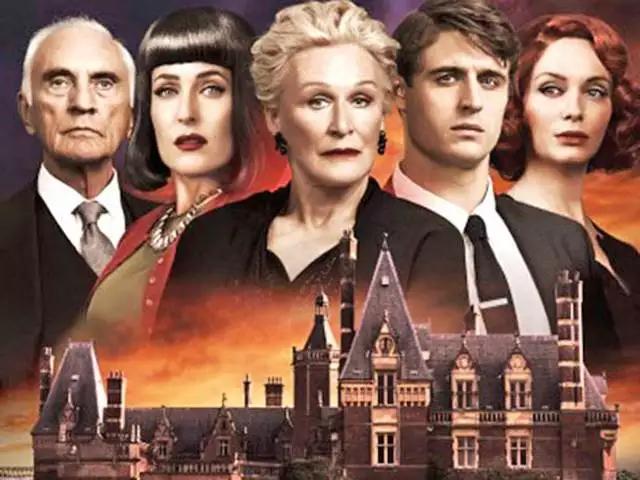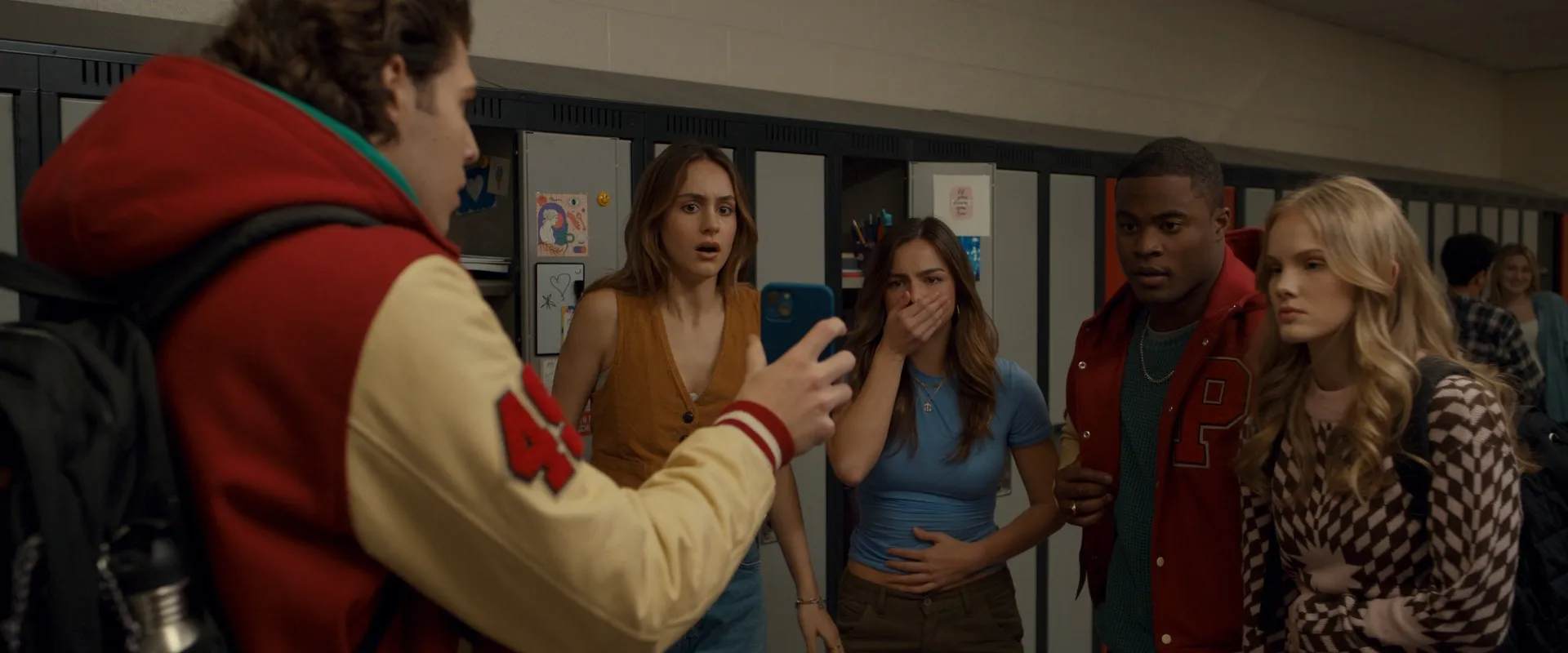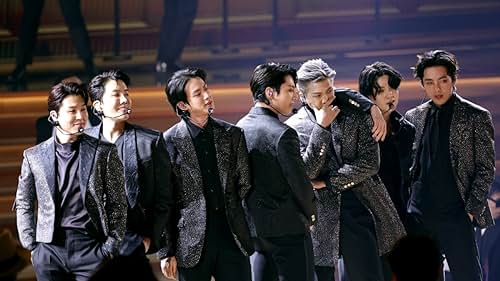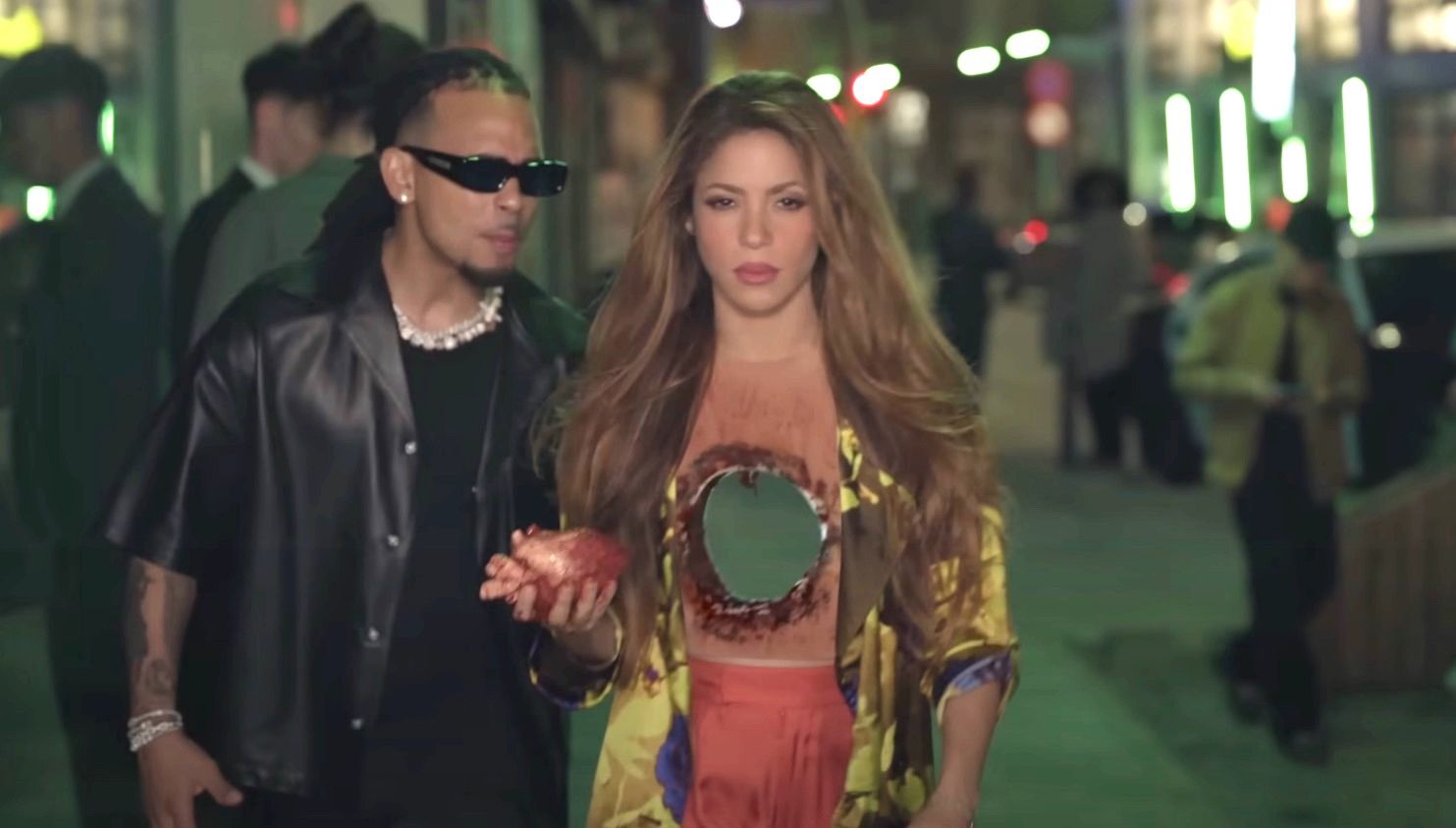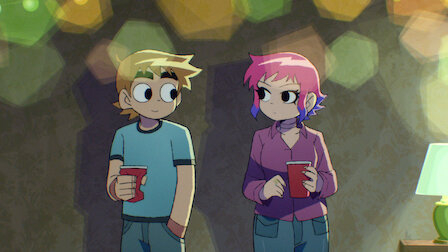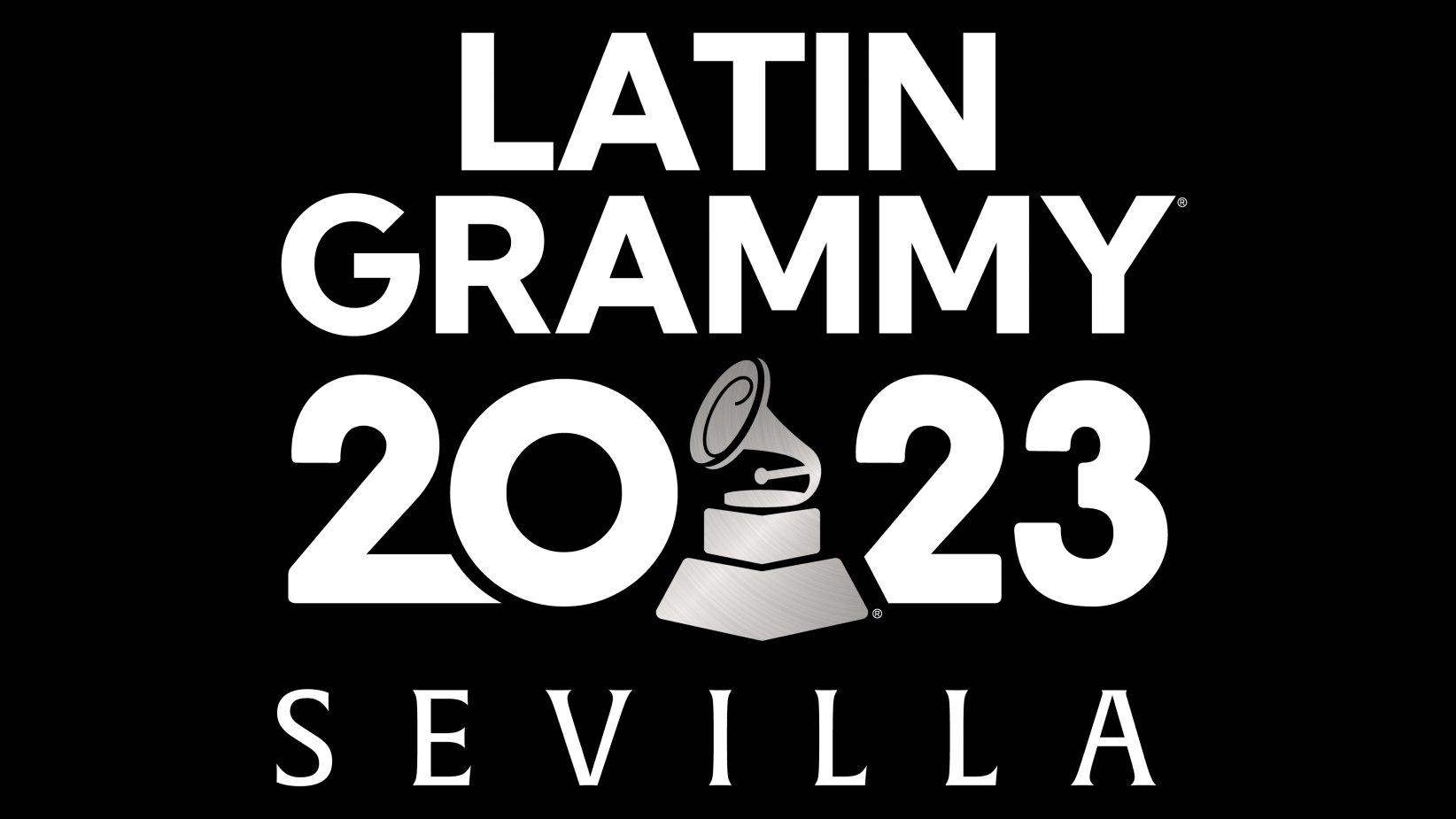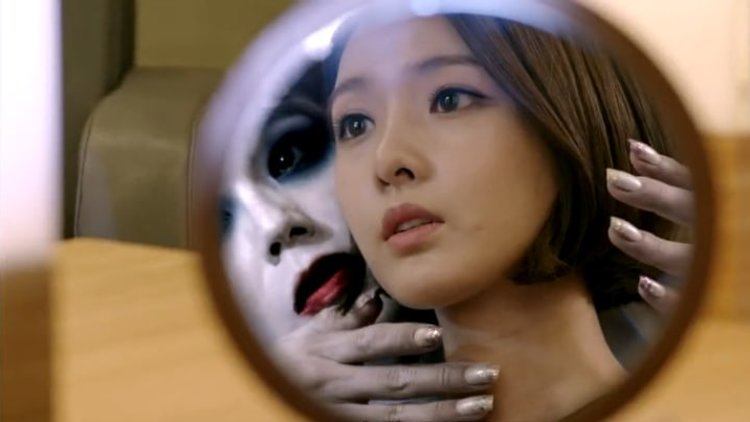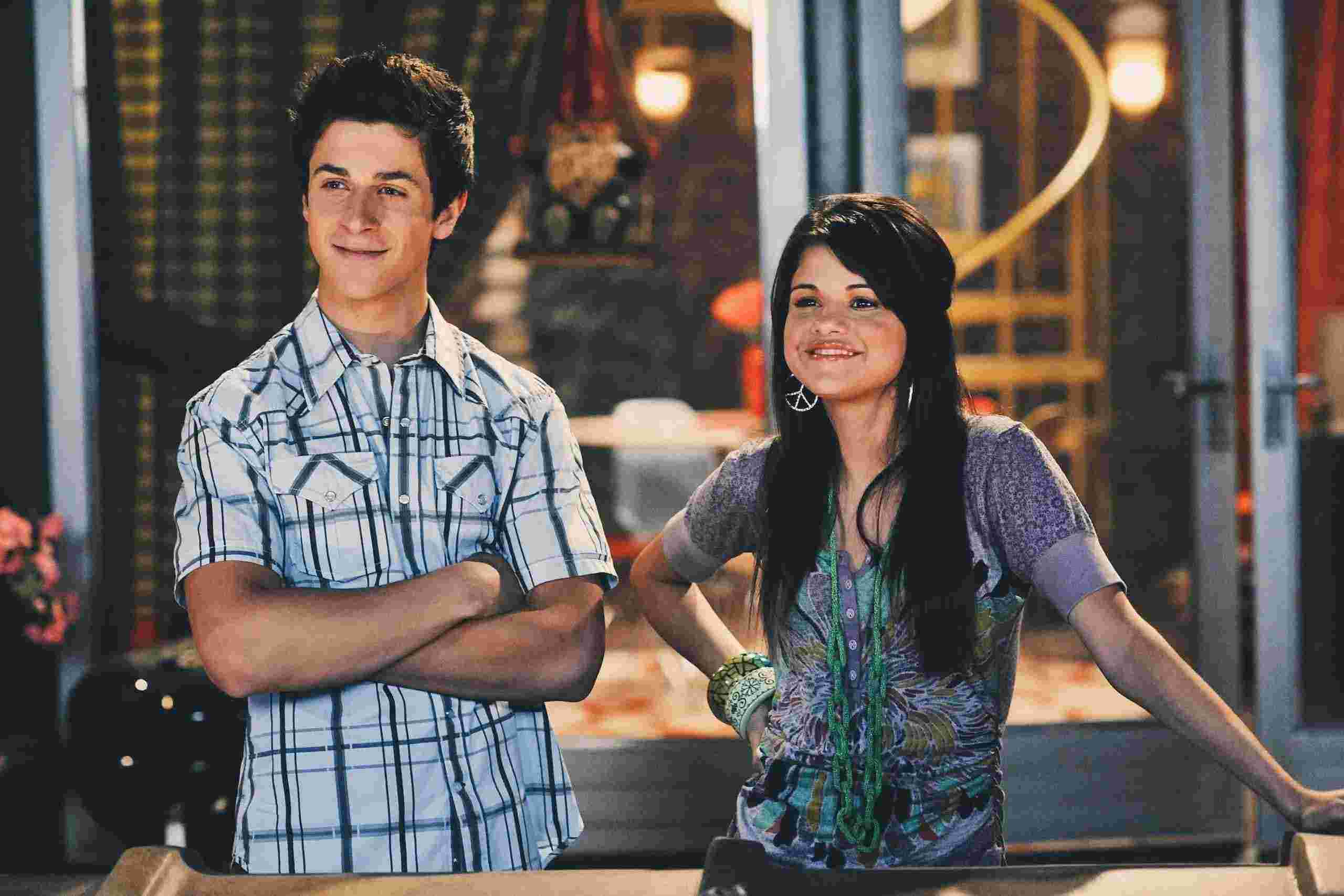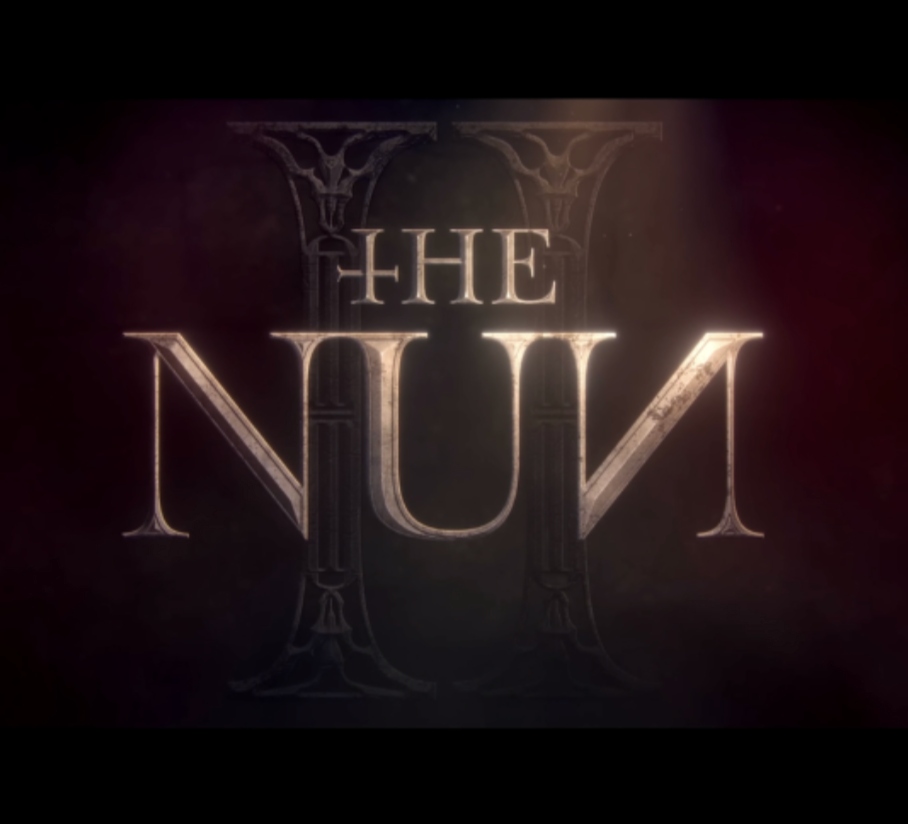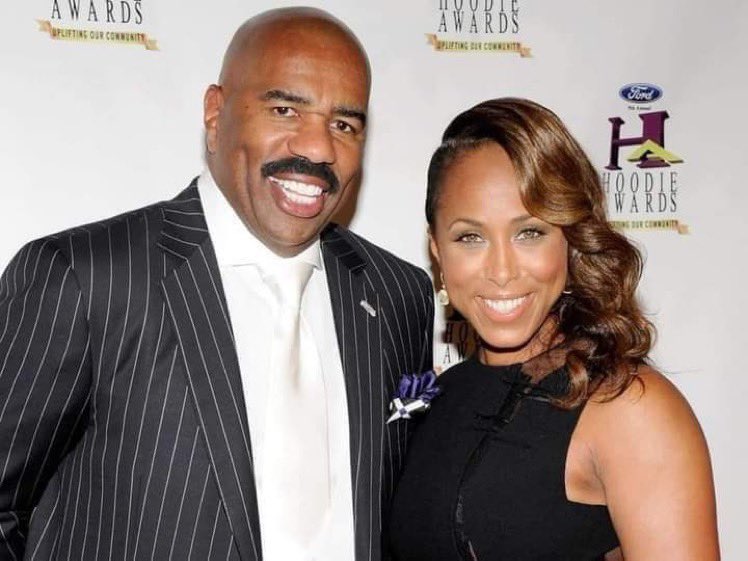5 Hollywood Movies That Are Based On Novels
Hollywood has a rich tradition of transforming beloved novels into cinematic masterpieces, a practice that often sparks excitement and anticipation among avid readers and movie enthusiasts alike. The sheer delight of witnessing cherished characters and intricate plots materialize on the silver screen is a testament to the enduring connection between literature and film.
What adds a fascinating layer to this dynamic is that many of the most revered films in cinematic history have their roots deeply embedded in classic novels or short stories. Directors, armed with their artistic prowess, embark on the task of translating the written word into captivating visuals. While they may infuse their own unique touch into the narrative, the essence of these stories invariably finds its origin in the pages of literature.
The intertwined relationship between cinema and literature has always possessed an aura of romance. Countless movies have drawn inspiration from novels, breathing new life into their narratives. Conversely, the magic of the silver screen has also served as a wellspring of inspiration for writers, prompting them to craft stories that resonate with cinematic grandeur.
It’s Important to acknowledge that, in the journey from page to screen, some aspects of the original literary work inevitably undergo transformation. The constraints of time often necessitate substantial edits, as exemplified by the “Harry Potter” series, where intricate subplots and character development had to be condensed. Occasionally, directors exercise artistic liberty that may result in deviations from the source material. Despite these challenges, the joy of witnessing a beloved novel being immortalized in the form of a movie remains unparalleled.
For a devout book-lover, the comparison between a novel and its cinematic adaptation is almost inevitable, and more often than not, they will assert that “the book is always better than the movie” (a sentiment I wholeheartedly share!). While movies may struggle to capture the depth and intricacy of the written word, they frequently succeed in faithfully preserving the essence of the original novel. In rare instances, they even manage to transcend the source material, albeit on a minuscule scale.
In the world of Hollywood adaptations, there are five standout movies that have exemplified this delicate balance between literature and cinema, preserving the essence of their source novels while adding a layer of visual magic. These films have not only delighted audiences but also paid a respectful homage to the literary treasures from which they were born, ensuring that the love affair between books and movies endures through generations.
1. The Lord of The Rings Trilogy(2001 To 2003)
The Lord of The Rings Trilogy, spanning from 2001 to 2003, stands as a monumental achievement in cinematic history. It is widely regarded as one of the finest trilogies ever crafted, and it does justice to the literary masterwork of J.R.R. Tolkien in a truly remarkable fashion.
The genius of director Peter Jackson, along with the exceptional work of the screenwriters, seamlessly translates Tolkien’s intricate storytelling onto the silver screen. The films are a testament to their collective vision and artistry, successfully capturing the essence of Middle-earth.
Critically acclaimed and commercially triumphant, these movies offer a visual feast for the audience. The visual and special effects are nothing short of extraordinary, effortlessly immersing viewers into the fantastical realms of Middle-earth and the menacing lands of Mordor.
The ensemble cast, headlined by Elijah Wood as the resolute Frodo, Sir Ian McKellen as the wise Gandalf, and Cate Blanchett as the ethereal Galadriel, delivers stellar performances. Orlando Bloom, Viggo Mortenson, and others contribute to the depth and richness of the characters. Together, they embark on a perilous journey as members of the Fellowship, venturing into the heart of Mordor to seek a ring that holds the fate of Middle-earth in the balance, as it is the key to the Dark Lord Sauron’s malevolent designs.
While both “The Fellowship of the Ring” and “The Two Towers” shine as cinematic gems in their own right, it’s the third installment, “The Return of the King,” that ascends to the pinnacle of this epic saga. It deviates from the novel’s climax, introducing a climactic showdown that resonates with viewers on a grand scale. This transformation from the source material brings a refreshing twist to the conclusion and elevates the film to new heights.
“The Return of the King” achieved unprecedented success, sweeping every Oscar for which it was nominated, a testament to its cinematic brilliance. It rightfully takes its place as a must-watch masterpiece, alongside its equally remarkable predecessors. In the end, The Lord of The Rings Trilogy stands as an enduring cinematic achievement, an epic journey that will continue to captivate audiences for generations to come.
2. The Harry Potter series(2001 To 2011)
The Harry Potter series, spanning from 2001 to 2011, stands as a monumental achievement in both literature and film, catapulting J.K. Rowling to the ranks of the world’s wealthiest women. Its transition from the page to the screen, brought to life through an eight-part movie series, garnered a fan following that rivaled the fervor of its literary counterpart. This remarkable cinematic feat owes its success, in no small part, to the remarkable talents of screenwriters Michael Goldenberg and Steve Kloves, who expertly preserved the magic of the original narrative.
Over the course of the film series, the stewardship of four accomplished directors—Chris Columbus, Alfonso Cuarón, Mike Newell, and David Yates—ensured that the essence of the novels remained intact. Despite the inevitable alterations and omissions required in adapting a fantasy world to the visual medium, the fundamental essence and charm of Rowling’s creation persevered, thanks in no small part to the impeccable performances of the three lead actors.
Emma Watson, as Hermione Granger, embodied the character to perfection, becoming a beloved figure and the crush of many young viewers in the early 2000s. Rupert Grint’s portrayal of the endearing and goofy Ron Weasley was equally commendable, adding depth and humor to the ensemble. As for Daniel Radcliffe, his portrayal of the iconic “Boy Who Lived” was nothing short of fabulous, captivating audiences and growing up alongside them as the films unfolded. These three actors became indelibly intertwined with their characters, and to say that audiences grew up with them would be an understatement.
The ensemble cast of the Harry Potter series reads like a who’s who of British acting talent. Michael Gambon, Ralph Fiennes, Maggie Smith, Helena Bonham Carter, Emma Thompson, Alan Rickman, and a host of other prolific actors lent their exceptional skills to this magnum opus, elevating it to the magical experience it has become. Their performances breathed life into the myriad of fascinating characters that populate Rowling’s wizarding world, making each one unforgettable in their own right.
At its core, the story revolves around a young orphan boy, Harry Potter, whose life undergoes a seismic transformation on his eleventh birthday when he discovers his true identity as a wizard. Liberated from the clutches of his abusive uncle and aunt, he embarks on a new chapter at Hogwarts School of Witchcraft and Wizardry. Little does he know that a malevolent force looms in the shadows of this enchanting new world, one that will ultimately threaten his very existence. Harry’s journey, filled with friendship, adversity, and courage, forms the heart of this enduring tale that continues to captivate the hearts and imaginations of audiences around the globe.
3. The Godfather(1972)
“The Godfather,” released in 1972, stands as an iconic testament to the seamless transition of literature into cinematic brilliance. Adapted from Mario Puzo’s exceptional novel, this film has etched its place in both literary and cinematic history.
Marlon Brando’s portrayal of Don Vito Corleone is nothing short of perfection. His embodiment of the iconic Italian mafia head exudes authority, charisma, and complexity. The very fact that Mario Puzo himself contributed to the screenplay underscores the commitment to preserving the essence of his novel.
The narrative, spanning decades, delves into the shadowy world of mafia families, drugs, and the unwavering bonds of family loyalty. Under the direction of Francis Ford Coppola, this intricate tapestry comes to life on the silver screen. Brando’s depiction of a gangster who should never be crossed, and Al Pacino’s transformation into Michael, the initially reluctant son who ultimately embraces his father’s legacy, is a compelling story that demands attention. Diane Keaton’s portrayal of Kay Adams, Michael’s girlfriend, adds a fresh and relatable dimension to the film.
“The Godfather” isn’t just a movie; it’s an experience that beckons those who haven’t yet witnessed its brilliance. However, it’s essential to heed the advice to read the novel beforehand, as the depth of the story can be truly appreciated when one understands its literary roots.
The film’s success birthed sequels, a rarity that often falls short of the original. Yet, “The Godfather Part II” defies this convention. With Robert De Niro stepping into the role of a young Vito Corleone, the film seamlessly continues the legacy of its predecessor, further cementing its place in cinematic history.
Interestingly, the sequels diverge from the original novel’s ending, but this departure only adds to the intrigue. While some details were inevitably condensed or altered to fit the constraints of the screen, the fundamental essence of Puzo’s novel remains untarnished, ensuring that “The Godfather” endures as a timeless masterpiece in the realm of both literature and film.
4. Forrest Gump(1994)
Forrest Gump,” a cinematic masterpiece released in 1994, stands as a quintessential example of American storytelling under the skillful direction of Robert Zemeckis. This iconic film, based on Winston Groom’s 1986 novel, encapsulates the life of its titular character, portrayed with brilliance by Tom Hanks.
The movie’s narrative unfolds from Forrest’s childhood, marked by physical challenges that he resiliently surmounts, to his adulthood. His journey through life takes an extraordinary twist as he unwittingly becomes a central figure in pivotal historical events, ranging from the tumultuous Vietnam War to the transformative Civil Rights Movement and even the notorious Watergate scandal.
Tom Hanks’s remarkable performance in the role of Forrest Gump earned him the prestigious Academy Award for Best Actor. The cast also boasts exceptional talents, with Robin Wright portraying the enigmatic Jenny, Gary Sinise as the complex Lieutenant Dan, and Sally Field as Forrest’s devoted mother.
Beneath its deceptively simple surface, “Forrest Gump” delves into profound themes that resonate with audiences to this day. Love, destiny, and the essence of the American experience are Intricately woven into the film’s fabric. It emphasizes the notion that even individuals with limited intellectual capacities can wield immense influence through their genuine and kind-hearted actions.
The film’s legacy extends beyond its compelling storytelling. It has given rise to an array of unforgettable quotes, such as “Life is like a box of chocolates; you never know what you’re gonna get” and “Stupid is as stupid does,” which have seeped into the lexicon of popular culture.
“Forrest Gump” achieved extraordinary recognition and acclaim, clinching six Academy Awards, including the coveted Best Picture, Best Director, and Best Adapted Screenplay. Its musical score, composed by the talented Alan Silvestri, seamlessly integrates classic songs spanning from the 1950s to the 1980s, evoking nostalgia and intensifying emotional resonance.
The film’s cultural footprint Is indelible, as it continues to inspire and influence generations. Its enduring presence in popular culture is undeniable, with references and homages reverberating through various forms of media. “Forrest Gump” remains a beloved classic, celebrated for its poignant storytelling, exceptional performances, and insightful portrayal of American history.
In summary, “Forrest Gump” transcends the boundaries of cinema to become a timeless testament to the power of storytelling, leaving an enduring mark on the hearts and minds of viewers worldwide.
5. The Wizard of Oz
“The Wizard of Oz,” a cinematic masterpiece that has retained its influence and charm across generations, continues to captivate audiences young and old. When it first graced the silver screen in 1939, its innovative cinematography left spectators awestruck.
The genesis of this Iconic tale dates back to 1900 when American children’s author Lyman Frank Baum penned “The Wonderful Wizard of Oz.” This narrative introduces us to a young farm girl from Kansas, who, following a tumultuous tornado, finds herself transported to the enchanting realm of Oz. Her inadvertent landing on a wicked witch initiates an intense rivalry. Guided by newfound companions, she embarks on a journey down the fabled yellow brick road, ultimately reaching the illustrious Emerald City to seek aid from the enigmatic Wizard of Oz.
Merely two years after the book’s debut, this captivating story metamorphosed into a Broadway musical sensation, captivating audiences with its magic. In 1910, it took a different form as a 13-minute silent movie, offering an alternate ending where Dorothy, instead of returning to Kansas, opts to remain with her newfound friends in Oz.
Yet, it was not until more than three decades later that “The Wizard of Oz” transcended into a groundbreaking fantasy film. Under the masterful direction of Victor Lonzo Fleming and the unforgettable performance of the legendary actress Judy Garland as Dorothy, the movie exploded with vibrant colors, revolutionary special effects, and a cast of unforgettable characters that breathed life into imagination like never before. While remaining largely faithful to the original narrative, there was a notable divergence – Dorothy’s iconic ruby red slippers were originally depicted as silver in Baum’s original text.
In the annals of cinema history, “The Wizard of Oz” stands as an enduring testament to the power of storytelling, dazzling the world with its magic and transporting audiences to a place where dreams and reality intertwine on the yellow brick road to the Emerald City.
Also Read-
